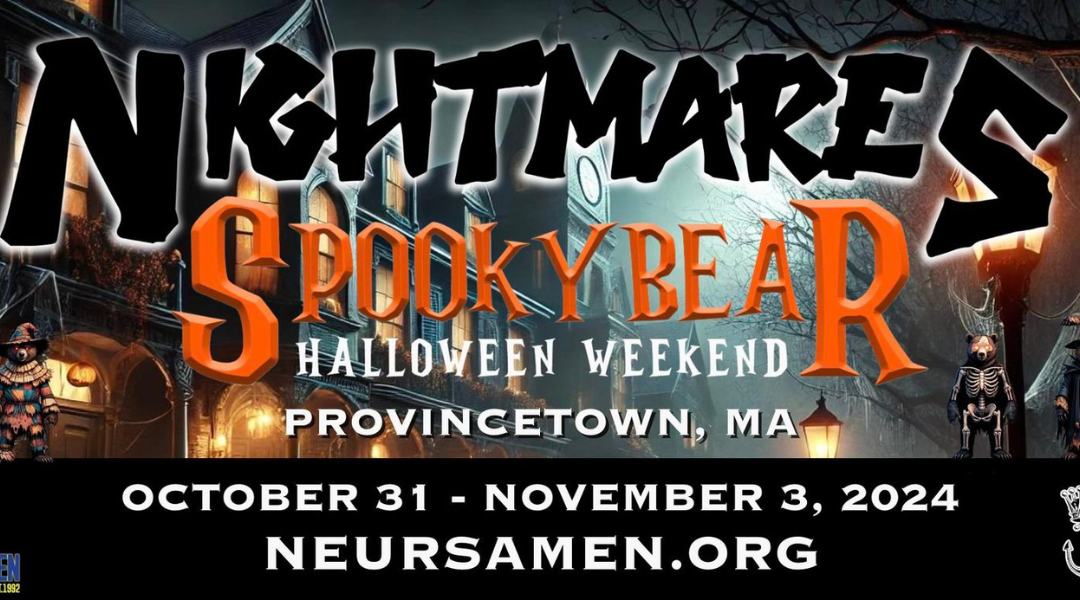
PAAM
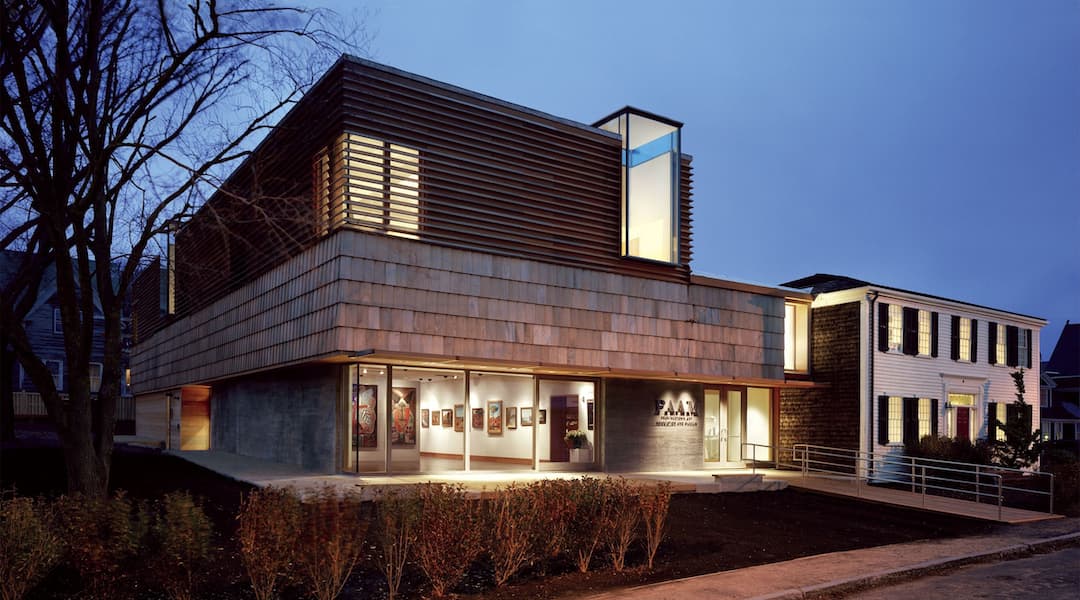
Since 1914, the Provincetown Art Association and Museum (PAAM) has welcomed, nurtured and inspired artists from all over the world– not just to create, but also to connect with the town and its people. Only in Provincetown could this unique relationship between artists and community members become the defining experience of this fabled, outermost point of Cape Cod. Life in Provincetown, for the past 100 plus years, has been charted by the interactions between these two groups – from destitute artists trading paintings for lodging from owners of local homes or guesthouses, to fisherman offering a share of their day’s catch to provide a meal for an artist who might otherwise go without, to the walls of local cafes and homes lined with artwork given in exchange for simple kindnesses. PAAM represents art and everyday life, constantly mixing and connecting.
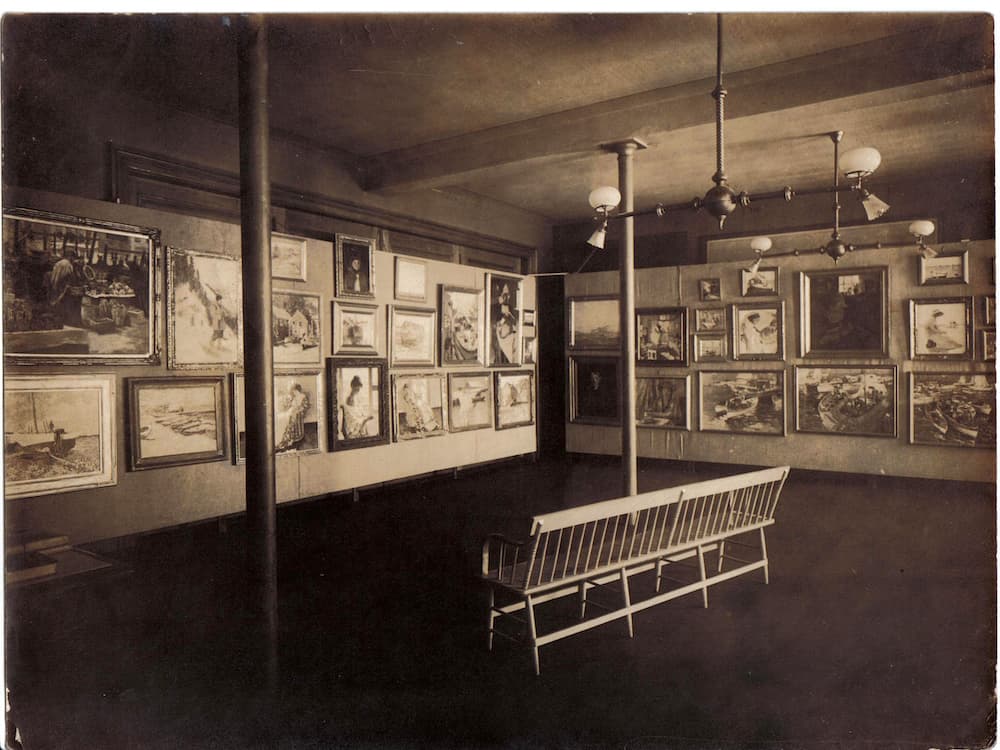
Provincetown and Cape Cod became an important destination for artists in the late 19th century with the advent of easier railway and ferry transportation service. Marcus Waterman is credited as being one of the first artists to travel there to paint en plein air the sand dunes and light most similar to that of the African desert, without the added expense of trans-Atlantic travel. After leaving as William Merrit Chase’s assistant at Shinnecock, Charles Hawthorne founded his Cape Cod School of Art in 1899 which he ran until his untimely death in 1930. Modernist painter, E. Ambrose Webster founded his Summer School of Painting shortly thereafter in 1900. Between the two most popular teachers, hundreds of painters flocked to Provincetown for the opportunity to study with the masters. By 1914, the Provincetown Art Association was founded by a group of local artists and businessmen. After the second exhibition of the Art Association held in the Town Hall in 1916, Provincetown was declared the “Biggest Art Colony in the World” by Boston Globe art critic, A.J. Philpott.
In the ’20s and ’30s, the philosophical wars being waged throughout the art world were also fought within the Association. Its artist founders had come out of the Impressionist tradition, and although a variety of styles had been represented in members’ exhibitions since the inception, PAAM’s “establishment” did not readily incorporate the modernist movement. Faced with aesthetic differences among its artist membership, PAAM maintained a balance. True to its mission, the organization represented both sides of the artistic argument, mounting separate “Modern” and “Regular” summer exhibitions between 1927 and 1937. Still, the conciliation reached in 1937 was only partial—instead of separate exhibitions, separate juries installed concurrent exhibitions on opposite gallery walls; a coin-flip determined that the modernists’ work hung on the left. Throughout this period, much of the artistic argument took place in forums and discussions organized at PAAM by one side or the other.

The Depression years of the ’30s and the blacked-out war years of the early ’40s were difficult times for the town and the Association. Although annual shows were canceled and the books at one point showed a balance of only $3.60, volunteers managed to maintain a reduced schedule. And by 1947, the regular schedule of two summer exhibitions had been reestablished. The rise of abstract expressionism—intensified by the location of Hans Hofmann’s summer school here—again riffled the deep divisions within the arts community during the ’50s.
Through Hofmann’s influence, and through older artists’ ties to the French art world, Provincetown was one of the first art communities in the United States to be exposed to Post-Impressionism, Surrealism, and abstraction. However, visiting New Yorkers brought their ideas about new art as well. Jackson Pollock and Lee Krasner spent the summer of 1944 at 15 Cottage Street in Provincetown, and the painter Fritz Bultman later described a “considerable exchange” between Hofmann and Pollock on the topics of “Idea” and “Nature” at that time. Adolph Gottlieb, an articulate advocate of abstraction, came for the first of some dozen successive summers in 1945. Robert Motherwell was another notable abstract painter who made a home for himself in the town during the early 1940s; he returned in 1954, and kept a summer home there until the end of his life. Similarly, Mark Rothko came over the years and, Like Motherwell, spent the last summer of his life in Provincetown.
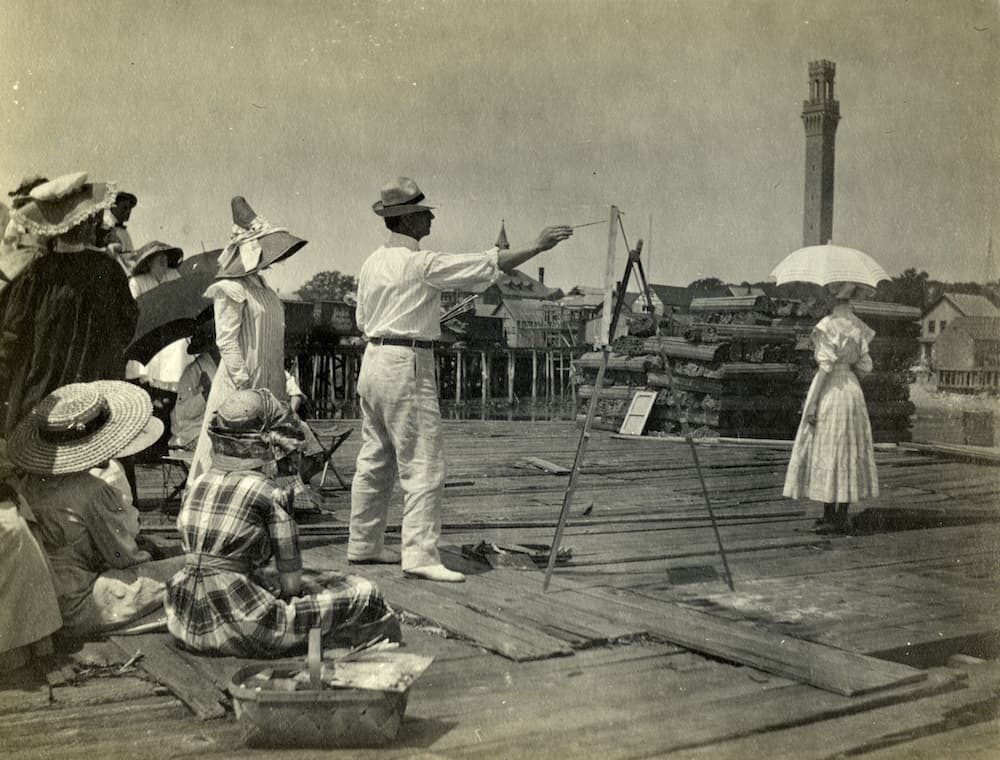
As in the fifties, art in America of the sixties was influenced by the desire to move into the modern age or future. Major works by artists such as Helen Frankenthaler exhibited a need to escape from details to interpret. Artists wanted to inspire the viewer to leap into the unknown and experience art in their own way. A new artist who appeared was Andy Warhol, a leading name in pop art. Other forms evolving during this time were assemblage art, op art (or optical art), or kinetic abstraction, environmental art, and pop art.
When PAAM celebrated its 50th anniversary in 1964 with a retrospective show of its major artists, the organization focused on gaining national attention for Provincetown’s considerable contribution to American art. The effect was a boon for the organization. Activities increased, new galleries were added, the exhibition schedule expanded, a storage vault was built to house the expanding collection, and once again PAAM showed itself as the center of the local art world.
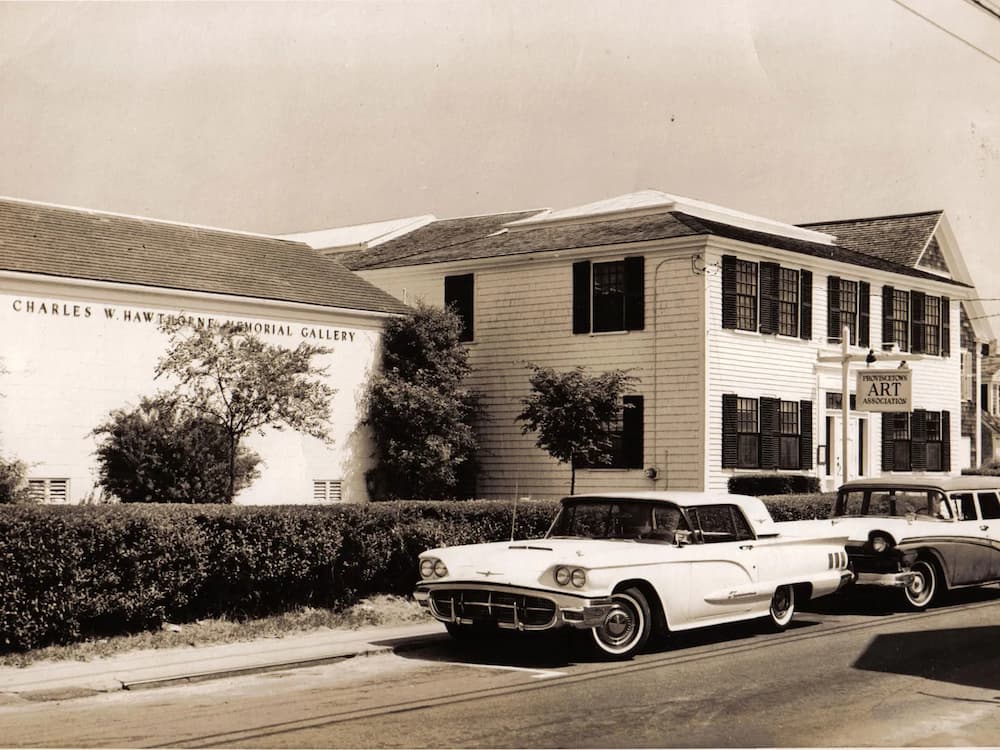
The organization continued to grow throughout the next three decades, always adhering to its 1921 mission statement: to exhibit and collect art works of merit, and to educate the public in the arts. The organizational structure of the museum has always included strong representation from both the artist and lay communities, fostering exhibitions and programs that serve both audiences. The treble purpose of the organization—to be a collecting museum, a professional artists’ association and a school—has been consistently supported over the course of its history. The collection has been the basis for many exhibitions and has served scholars, researchers and other museums. Including over 800 artists who have lived or worked on the outer Cape, the collection is a burgeoning historical record of the art colony. PAAM continues to increase the number and range of works by earlier artists and to include works by contemporary artists. The artists’ association has been a vital source of contemporary exhibitions; it also enables PAAM to employ the talents of working artists with exceptional ability as instructors of classes, workshops, lectures and demonstrations.
Today, our membership is strong with 2583 members, 1730 identify as working artists. We support the artists by maintaining numerous membership shows throughout the year. Member shows are paramount to our tradition. We have several open and juried membership shows throughout the year that celebrate the artist community at all stages of their career. The review below is from our most recent members’ show and expresses our intentions for members to exhibit:
“What’s most laudable about the show and its democratic tradition is the message that PAAM makes space for artists at different stages of accomplishments without constraint from cultural gatekeepers. It continues to be a museum by artists for artists”. A review of the Small Works Members Show at PAAM from the Provincetown Independent January 5, 2023.
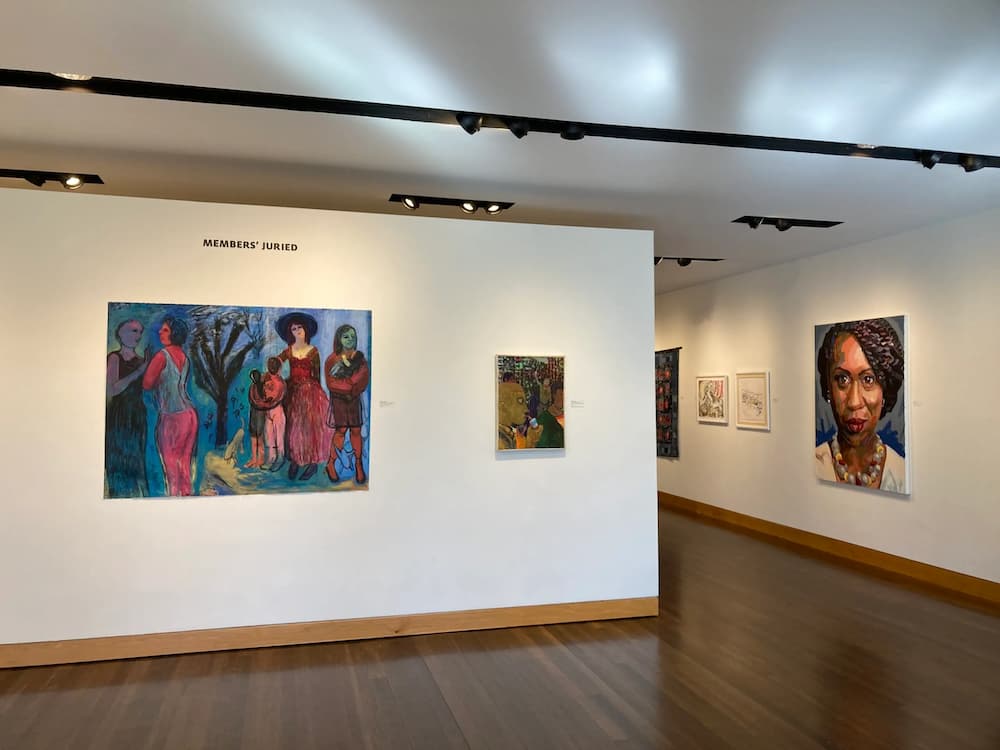
From white-line woodblock printmaking, a technique perfected in Provincetown in the early 1900s, to abstract expressionism to the contemporary, PAAM’s collection is a veritable record of the ever-changing movements within American art history, and our artist members will continue to preserve this important legacy with the oldest continuous arts colony in America.
More Recent Provincetown News

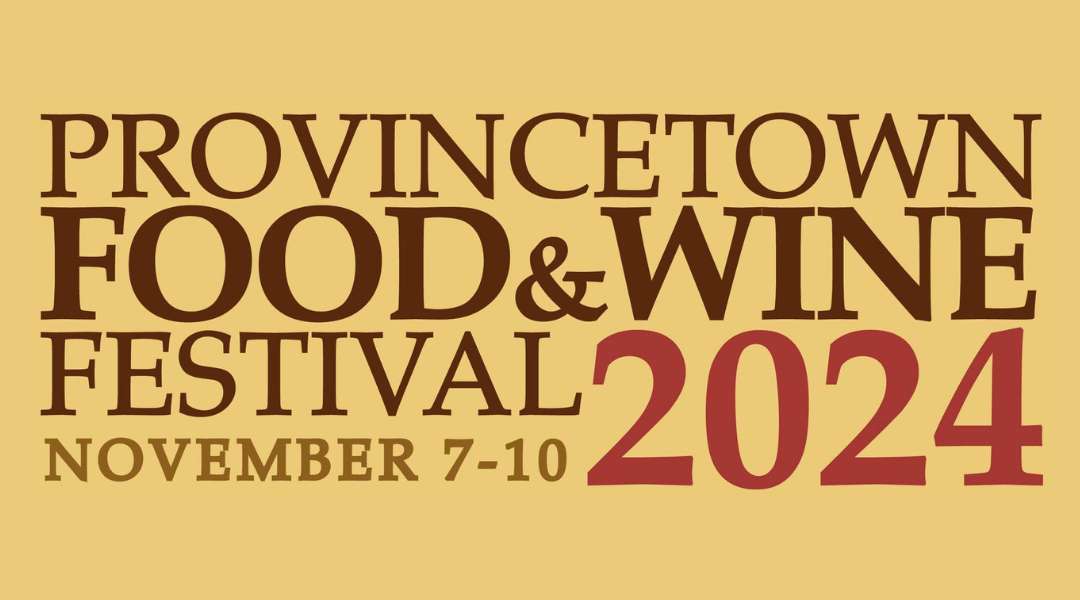


 Accommodations
Accommodations  Art
Art  Bars
Bars  Books
Books  Entertainment
Entertainment  Events
Events  Featured
Featured  Guides
Guides  History
History  Literary stuff
Literary stuff  Most Popular
Most Popular  Provincetown News
Provincetown News  Restaurants
Restaurants  Reviews
Reviews  Shopping
Shopping  Theatre
Theatre  Uncategorized
Uncategorized  Weed
Weed